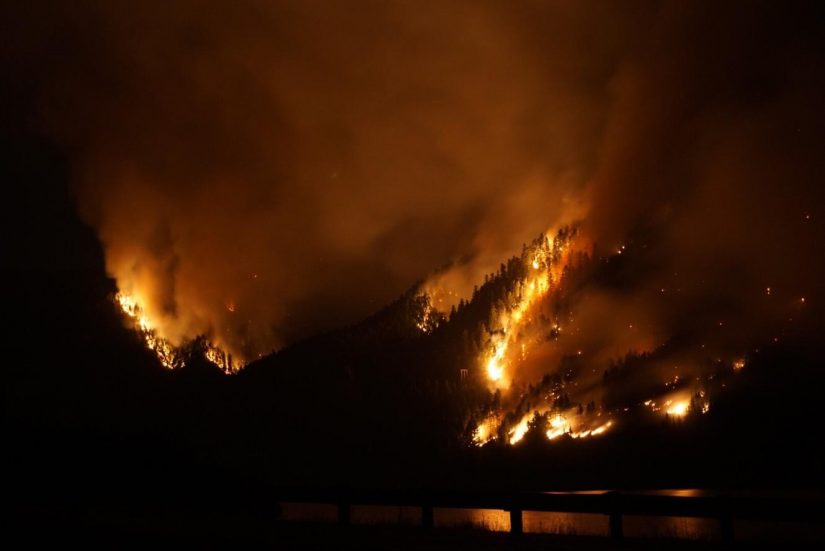Wildfires not uncommon for western Washington, SEFS professor says

A common misconception that many Washingtonians have about wildfires is that they’re only for the eastern part of the state. But destructive wildfires are not uncharacteristic for forests west of the Cascades, according to School of Environmental and Forest Sciences Assistant Professor and wildfire scientist Brian J. Harvey.
In a recent op-ed for Crosscut, Harvey and two natural resource scientists with the WA Department of Natural Resources (DNR) Josh Halofsky and Dan Donato, said west-side fires are likely to become more common with the effects of climate change, and when fighting them, they require different approaches.
“The management tools we use for fuel reduction and restoration in dry forests, such as thinning and prescribed fire, would be largely misplaced across much of the western Cascades,” the op-ed reads. “Keeping up with the naturally extreme productivity and density of west-side forests would be impractical and, done to a level to effectively limit fire spread, would transform the forests into something artificial and unrecognizable.”
The op-ed serves as an informative FAQ by the three scientists about what happened with the 2020 west-side fires that charred more than half a million acres and what the future of wildfires in Washington looks like.
Read the entire piece here.